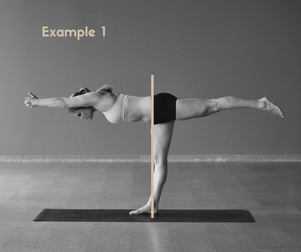 Hyperextension is when a joint moves beyond its normal range of motion. Here we'll focus on hyperextension of the knee for the following reasons: 1) it is common for people to hyperextend their knees in asana classes, 2) this can be detrimental to the health and stability of the knee joint. Let's look at why this can be problematic, and how we can decide whether we, or our students, are hyperextending. (Hint, it's not actually the knee we should look at!) Hyperextension on its own is not necessarily bad for joints. However, it becomes potentially injurious when we're bearing weight. In other words, if we were to simply straighten our knees as much as possible while sitting, we may hyperextend our knees. Because we are not bearing any weight, this will most likely be safe for the joints. When we stand on one leg, as in balancing poses, we put all of our body's weight on one leg. This doubles the load that leg is carrying making the force is much greater. This is where we can start to strain the tendons and ligaments behind the knee. 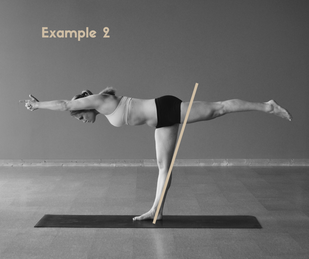 Since we are considering the knee, it's easy to think we should look at the knee. However, this is not the easiest way to spot hyperextension. Instead, we should look at the relationship of our shin (tibia) to our heel (calcaneus). You can see in Examples 1 & 2, that the lower leg is at an angle when compared to the foot. You can then see in Example 1, that the knee is behind the foot. This is hyperextension. If you compare this to the picture at the very top of the page, you can see that the shin is more or less, perpendicular to the foot. This is much more stable in balance, and will not put strain on the tendons or ligaments of the knee. If you are wondering if you hyperextending, use this as your guide. If you are a teacher, look at the angle of the shin into the foot. This will guide you far more easily than looking at the knee. Finally, remember that hyperextension is something to keep a look out for when the joint is bearing weight. Whenever we are sitting or lying down, and not bearing weight, it is less of a concern.
0 Comments
We promise the second editions of the Beginning and Intermediate manuals are on their way! We know they have been out of stock for quite some time now, but we made the decision months ago that we would only re-release them once they were updated. We are excited about what will be the finished product.
This process has meant that we are completely rethinking how the manuals are structured. We are questioning everything: the order, the postures, the instructions. When we first made them in 2015 (around the time of the above photo), we were basing them on what we had learned and practiced. This is no surprise. Since then we have continued to learn and practice of course, but we also have taught extensively around the world. With this tremendous opportunity, comes insight into what questions come up no matter the city. What do people struggle with? Where does the confusion lie? What is working? The original manuals have strengths and things we think are still useful. This will all remain. Though we have refined how we conceive of the practice. This will be reflected in the second editions. The Beginning manual is turning into the "Foundations". The Intermediate will still contain those bridge practices that lie somewhere between accessible and very challenging. We are excited about this process of regrouping and refining. We often hear that it's scary to do better, or to learn a better way. We think it's exciting. As one of our teachers used to say, "This is called progress!" If you'd like to be contacted when the manuals are available, sign up here. Release dates: March/April 2023 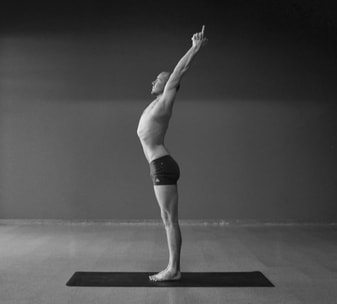 Photo 2 Photo 2 Beware of the Backward Leaning Forward Bend! This position can and will deceive. We may think this is a backbend, but it is not. Here's why. What is the Backward Leaning Forward Bend The Backward Leaning Forward Bend (top photo) is when we lean back, push the hips forward for counter balance, and the spine stays straight. This can feel like we are backward bending, because we are leaning back. But in this position, the abdominal muscles are engaging to prevent us from falling backward. The abdominal muscles (rectus abdominis primarily) are the muscles of forward bending. These are opposite to the spinal erectors, which are muscles of backward bending. Meaning, when we lean back and the abdominal muscles engage as in the BLFB, this is functionally a forward bend. If you examine the second photo however, you can see that the back muscles have shortened (engaged) and the spine itself is extending, or bending backward. Compare this to the top photo, and you can see the spine is in a completely different position. Photo 2 is a functionally a backward bend. Why Should We Avoid the Backward Leaning Forward Bend (BLFB) There are several reasons why we should not do the BLFB: 1) This position will not strengthen our back muscles. This is because the back muscles are not engaging. 2) This is the cause of the "low back" pain/discomfort people often feel in standing backbends. When the spine doesn't bend, all of the pressure transfers at the low back instead of evenly across the spine. This isn't healthy for the spine. 3) It will probably feel awful. In the BLFB position, we are asking our body to go back by leaning back and to go forward with the engagement of the abdomen. This feels exactly as it reads: confusing and conflicting. 4) It won't improve our backbends, posture or back health because effort is not in the right place. Therefore we won't actually progress in the direction we are trying to. To recap, always use your back muscles if you are trying to bend your spine backward. This is easiest done from the floor in postures such as Cobra or Full Locust. If you are doing a Standing Backbend, just make sure you are actually bending your spine backward. Avoid the Backward Leaning Forward Bend! O Dattatreyayogashastra, Discurso de Dattatreya sobre Yoga, é o primeiro texto conhecido a explicar um sistema de hathayoga. Existem outras descrições de muitas das suas práticas em textos anteriores, mas essa é a primeira vez recebem o título de hathayoga. Hathayoga é descrita junto com três outras formas de yoga: mantrayoga, layayoga e rajayoga. Dattatreya disse: “Yoga tem muitas formas, ó brahmin. Devo explicar tudo isso a você: o Yoga dos Mantras (mantrayoga), o Yoga da Dissolução (layayoga) e o Yoga da Força (hathayoga). O quarto é o Yoga Real (rajayoga), é o melhor dos yogas”. Versos 8-11 As seções sobre as outras três formas são breves, mas Dattatreya escreve em profundidade sobre as práticas de hathayoha, o yoga da força. Não apenas isso, mas o texto descreve duas formas separadas de hathayoga: “o yoga dos oito elementos conhecido por Yājñavalkya e outros” (29), e “a doutrina dos adeptos como Kapila” (131). O YOGA DOS OITO ELEMENTOS O yoga dos oito elementos de Yājñavalkya é muito parecido com o reconhecido sistema de oito partes de Patanjali. Ele inicia com Regras (yama) e Restrições (niyama) e segue para Posturas (asana), Controle Respiratório (pranayama), Fixação (dharana) Meditação (dhyana) e Absorção (samadhi). É interessante que Dattatreya referencie Yājñavalkya mas não Patanjali. Das regras (yamas), “uma dieta moderada é a coisa mais importante, não nenhuma das outras. Das restrições, não-violência é a mais importante, não nenhuma das outras”. (33). Às posturas (asana) são garantidos dois bons parágrafos, mencionando o sagrado “84 lakh de posturas” (34) mas descrevendo apenas uma: a Postura de Lótus. Controle Respiratório recebe a maior atenção com mais de 30 versos. A seção descreve respiração com narinas alternadas, aconselhando 20 retenções de respiração pela manhã, 20 ao meio-dia, 20 à noite e 20 à meia-noite. Os três elementos finais recebem relativamente breve tratamento antes do texto partir para a segunda forma de hathayoga. O CAMINHO DE KAPILA Separado dos métodos acima estão os métodos de Kapila, também chamados hathayoga. “Adeptos como Kapila, por outro lado, praticaram Força [hatha] de uma maneira diferente” (29). “A diferença é uma diferença em prática, mas a recompensa é uma e única” (131). Os métodos de Kapila incluem diversos mudras e bandhas, o que envolve a combinação de posição física – “Ele deve esticar seu pé direito e segurá-lo firme com ambas as mãos” (133) – com controle respiratório – “ele deve segurar [sua respiração] pelo tempo que conseguir antes de expirar” (134). O propósito dessas práticas é mover os ventos e fluidos sagrados pelo corpo. PRÁTICA Não é afirmado explicitamente se as duas formas de hathayoga podem ser praticadas juntas ou se devem ser mantidas separadas. Nos séculos subsequentes hathayoga tornou-se consolidada, combinando as práticas dos oito elementos com as práticas de mudra de Kapila. Nas décadas modernas, hathayoga evoluiu para um termo não específico significando “as práticas físicas de yoga”. Deixaremos você com um pensamento final de Dattatreya: “[Se] diligente, todos, mesmo o jovem ou o idoso ou o doente, gradualmente obtém sucesso no yoga através da prática...o homem sábio dotado de fé que é constantemente devotado a sua prática obtém completo sucesso. Sucesso acontece para aquele que performa suas práticas – como poderia acontecer para aquele que não performa?” (40-42). - Todas citações são de: James Mallinson, Dattatreya's Discourse on Yoga, 2013.
Ghosh's Yoga College was founded in 1923. This year we celebrate yoga, as it has evolved and reached so many people around the world in the last 100 years.
We have a handful of special things planned for this year. The first up is the release of the second editions of the Beginning and Intermediate Ghosh Yoga Practice Manuals. These will be ready in March. We have spent years teaching and refining methods of practice and have a lot to update. It is often humbling to look back at what we were teaching years ago. It is always a good reminder that progress and humility go hand in hand. The Beginning Manual will now be called "Foundations" and will cover range of motion and basic movements that a healthy human body should be able to do. We are excited to reformat this in a way that we think will be more useful to both practitioners and teachers. Later in the year Strong Woman will be released. This is a biography of yogi and circus star Reba Rakshit, a star student of Bishnu Ghosh. This year, we are working hard to dive into history even further, while moving forward with as much care and intention as we can. We look forward to connecting this year and celebrating 100 years! |
AUTHORSScott & Ida are Yoga Acharyas (Masters of Yoga). They are scholars as well as practitioners of yogic postures, breath control and meditation. They are the head teachers of Ghosh Yoga.
POPULAR- The 113 Postures of Ghosh Yoga
- Make the Hamstrings Strong, Not Long - Understanding Chair Posture - Lock the Knee History - It Doesn't Matter If Your Head Is On Your Knee - Bow Pose (Dhanurasana) - 5 Reasons To Backbend - Origins of Standing Bow - The Traditional Yoga In Bikram's Class - What About the Women?! - Through Bishnu's Eyes - Why Teaching Is Not a Personal Practice Categories
All
Archives
May 2024
|


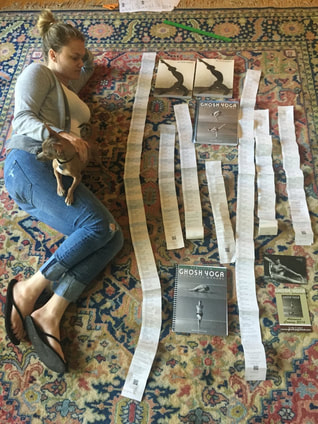

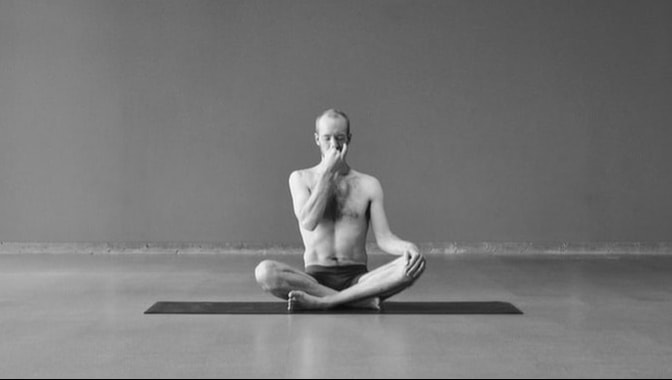
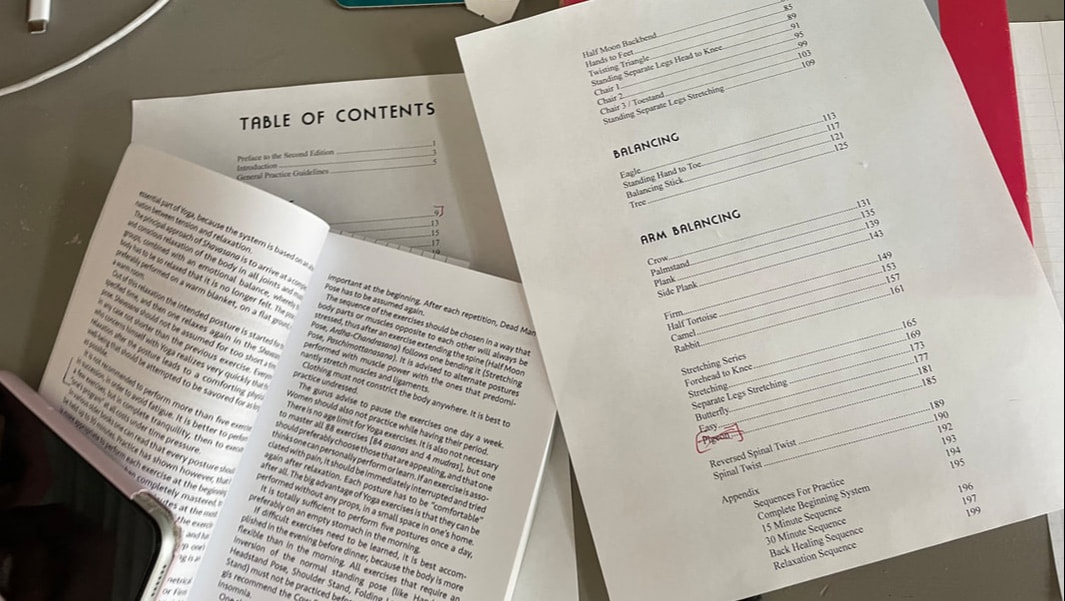





 RSS Feed
RSS Feed